What is the star method / star technique in interviews?
Behavioral interview is a common interview technique used my many interviewers to get a much better understanding of you as a candidate—how you react to stress, how you think, make decisions and conduct yourself in a professional environment. It allows them to determine how you would act in certain situations on the job based on your past experience.
Answering behavioral interview questions is not easy unless you're prepared. Thinking of the perfect example on the spot and creating a meaningful story takes practice and experience. This is where star technique comes into play. It is a useful method to answer behavioral interview questions as it prepares you to share the details in a compelling and easy-to-understand way.
This is how the STAR method works:
-
S (Situation): Provide details of the specific event or situation. Share context and background to make it easy for the interviewer to relate to your example.
-
T (Task): Explain your responsibility in this situation. What was your end goal or what you expected to achieve in the end.
-
A (Action): Describe what actions you took. Highlight the skills, initiatives, leadership, teamwork and other important qualities.
-
R (Result): State the impact of your actions. Share the positive outcomes you achieved and learnings from this situation.
How to use the star method to ace your job interview?
To use the star interview method to answer behavioral interview questions, practice 65 questions provided with this digital download. These questions are divided into 5 topics/categories to help you ace your job interview:
-
Personal leadership
-
Conflicts/Disagreements
-
Mistakes/Failures
-
Time management
-
Thinking/Decisions
By thinking upfront on all these areas, you'll be better prepared to provide a real-life example and impress the interviewer by keeping your answers brief and to the point.
This digital download comes in 2 designs, 3 sizes (A4, A5, US Letter) and color and black.
How can you recognize a behavioral interview question?
Behavioral interview questions are easy to recognize as they typically take one of the following forms:
-
Tell me about a…
-
Describe a situation...
-
Explain to me...
-
Recount a time...
-
Share with me...
-
What do you do when…
-
Has there ever been…
-
How have you...
-
Have you ever...
-
Give me an example of…
-
Can you recall...
-
How would you...
By asking questions in this format, the interviewer wants to evaluate how you'll perform in the role based on how you acted in a given situation—challenges you faced and how you put your skills and experience to use to overcome them.
Why is the star method effective?
Star technique is highly effective because it:
-
Helps you stand out by providing structured, concise and useful answers.
-
Prevents you from rambling, rushing or forgetting to share key context.
-
Enables creating a compelling story that's easy to follow along.
-
Gives insights to the interviewer on how you approach problems and apply decision making skills to drive positive outcomes.
-
Useful framework to show you have the potential and required skills for the job.
What are examples of star questions?
Here are 2 examples of star interview questions and answers:
Question
Tell me about a time when requirements of your task or project changed drastically while your work was in progress. How did you handle it?
Answer
S (Situation)
I was working as a lead on a new business initiative that was planned for launch in 3 weeks. The project required integration with many teams and functions. While we were close to completing development, my product manager identified that an important assumption they made was flawed. This led to a change in requirements that impacted our system and architecture design.
T (Task)
Being a lead on the project, I understood that my responsibility was to re-evaluate the impact of this change and identify ways to meet the original delivery timelines.
A (Action)
I sat down with my product manager and clarified the new requirements. We discussed the most critical features of the project and identified requirements that could be pushed to a phase 2 delivery. After agreeing on new priorities, I sat down with my team and discussed ways to incorporate new requirements, reduce time spent in testing/integration phase and other strategies without impacting the original delivery date.
R (Result)
We were able to deliver a high quality product on time. The product was an instant hit with the customers and clocked 1M orders on day 1 of launch. The whole team was overjoyed to see the impact they created. It was a great learning experience and confidence booster for the team.
Question
Tell me about a personal initiative you took at work.
Answer
S (Situation)
Our systems weren't designed to meet the product scale which was increasing at a rapid pace. Our systems were reaching peak usage every month and we were applying short-term hacks to get through the day. I realized that these short-term hacks will hurt us more in the long-term.
T (Task)
In order for our systems to scale to meet the business requirements, we needed to rearchitect our systems.
A (Action)
I analyzed our current system metrics and extrapolated that to determine future demands - points of failure, QPS etc. I then create a brief proposal that explained the problem areas, changes we need, why they are important to business and how we can achieve them.
R (Result)
I showed it to my manager who approved the changes and applauded me for being proactive.
What are employers looking for in behavioral questions?
Employers ask behavioral interview questions to determine your potential and whether you're the right fit for the job. They use it to:
-
Assess how you navigated different situations at work and whether you applied your skills and experience to address the problem.
-
Get insight into your behavior and personality based on how you approached the situation.
-
Evaluate your thinking, decision making and communication skills.
-
Get a more realistic picture of how you collaborate, communicate and work with others.
-
Identify if you may or may not complement the current team.
-
Get insight into how you think about previous work challenges and successes.
-
Determine if you have the background to be successful at their company.
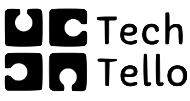
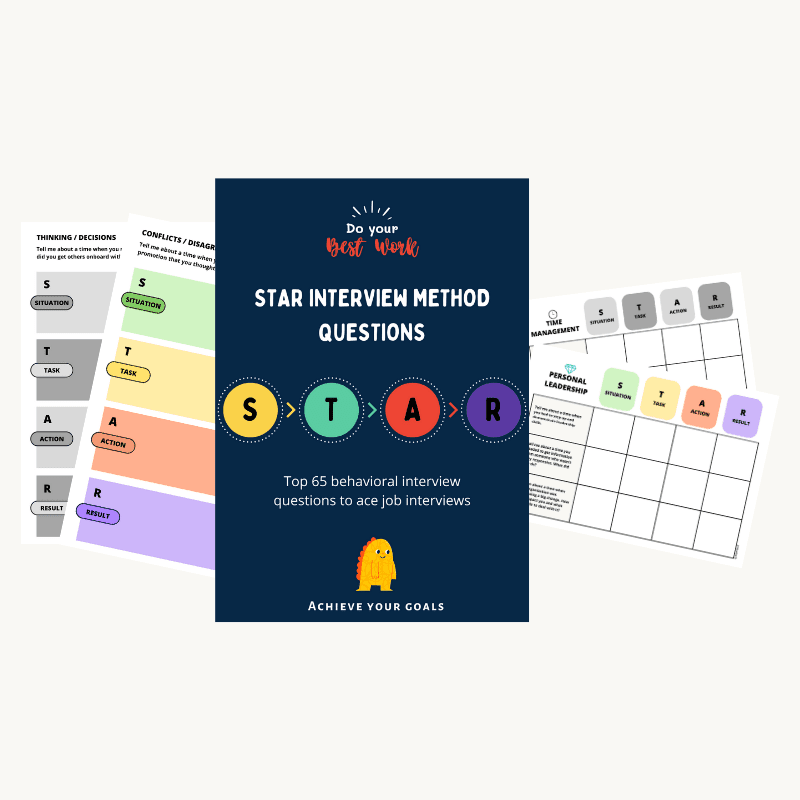
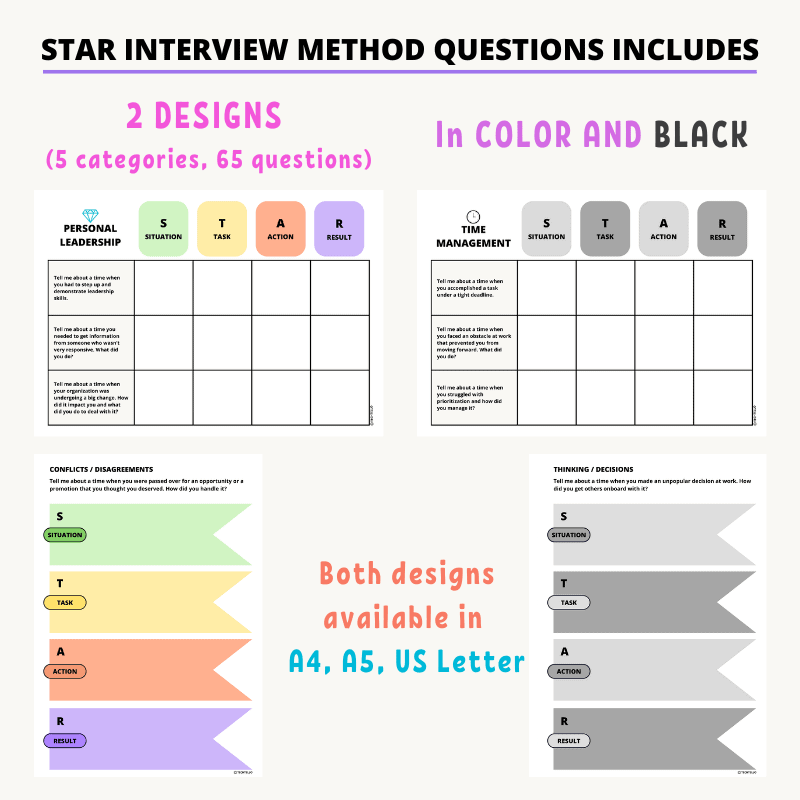
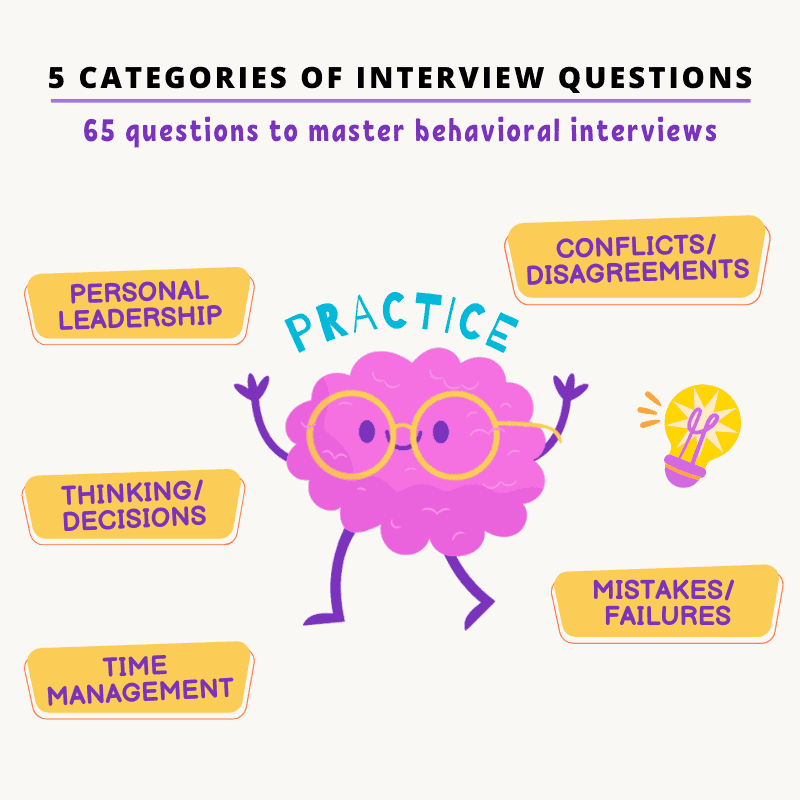
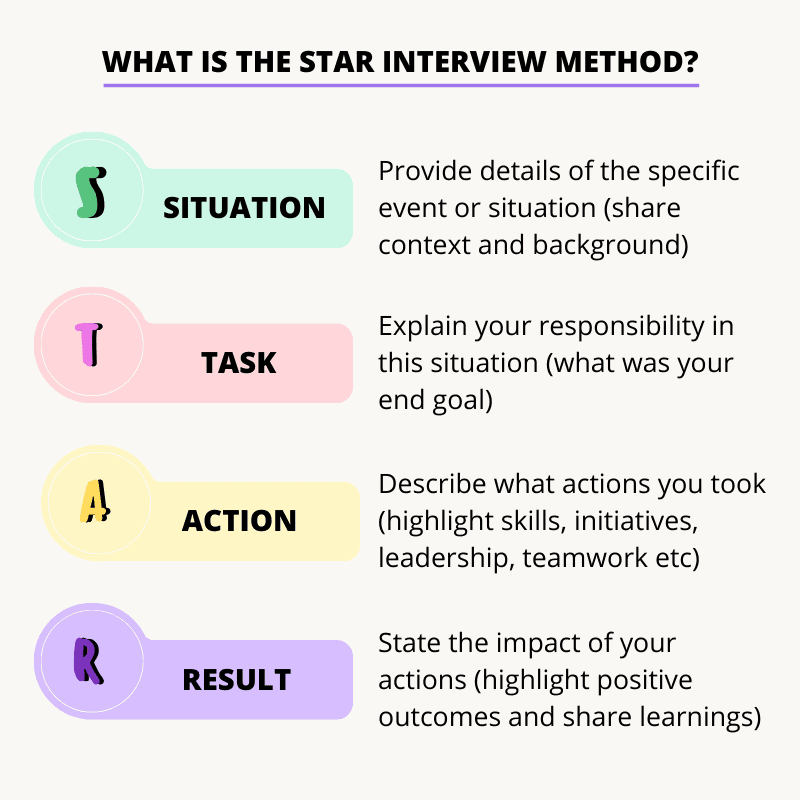
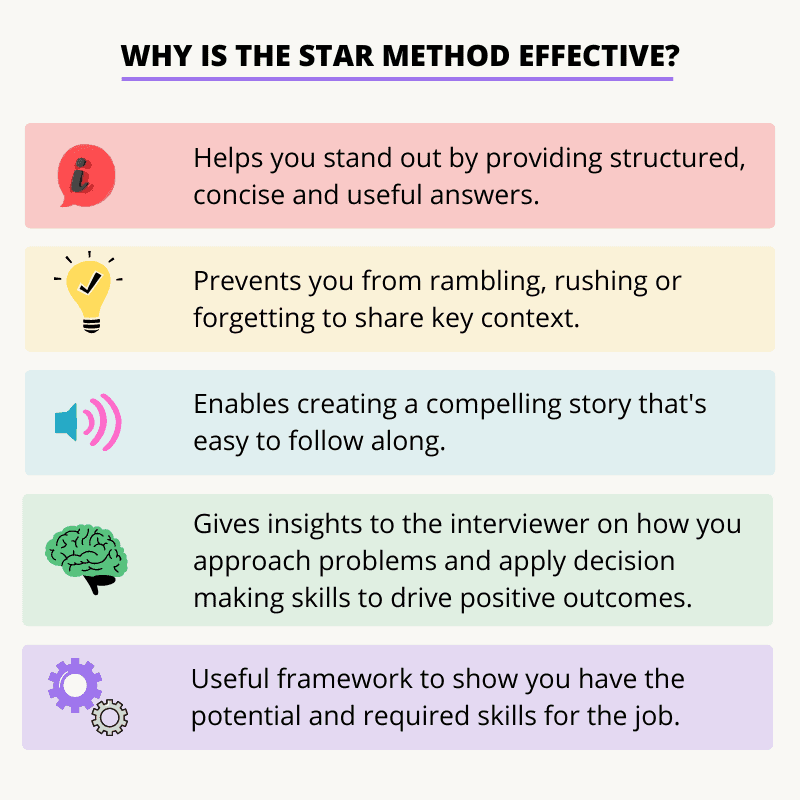
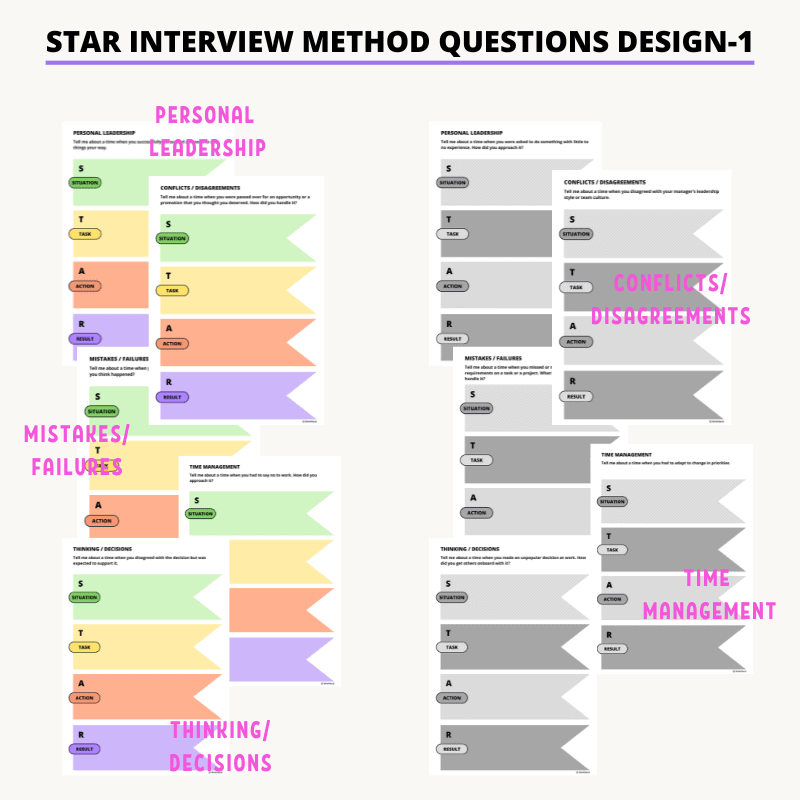
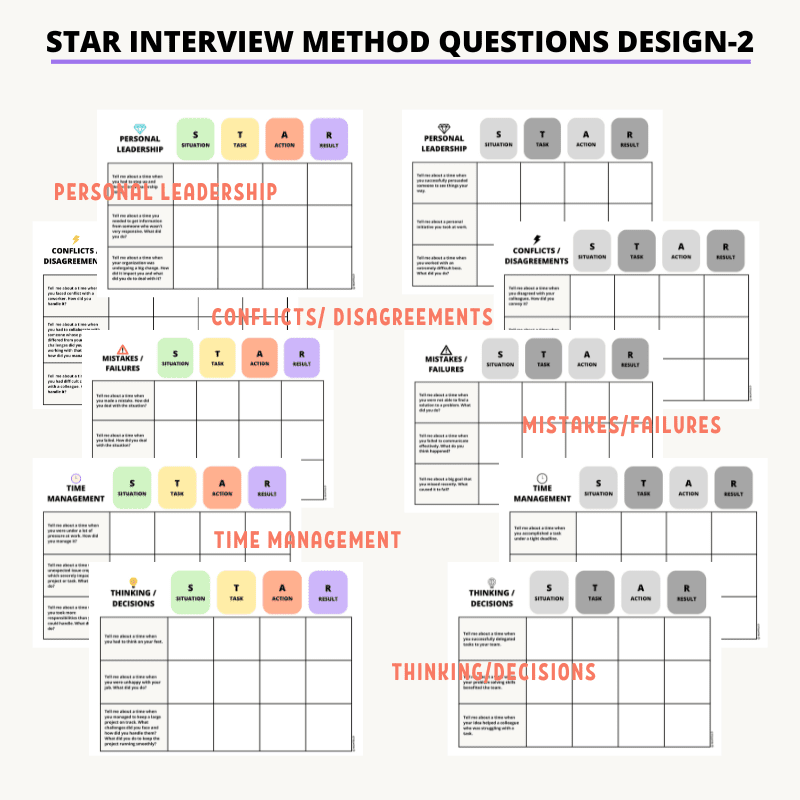
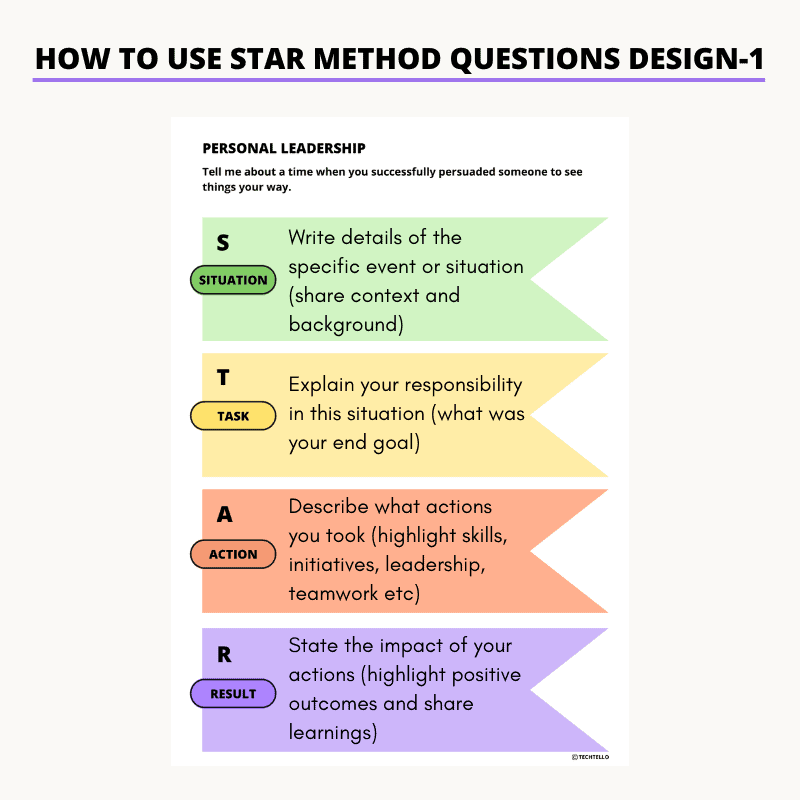
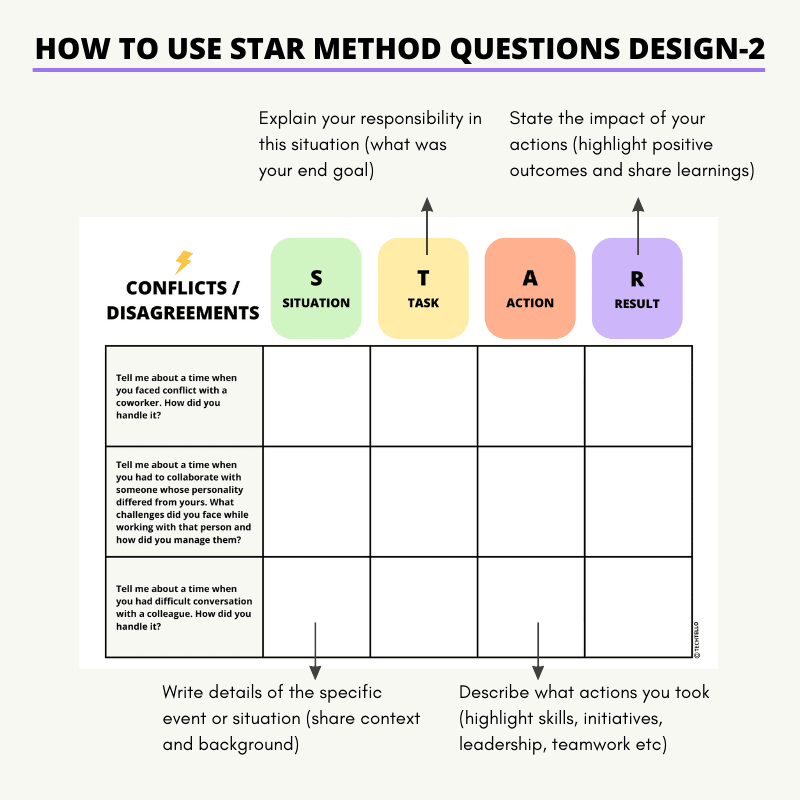
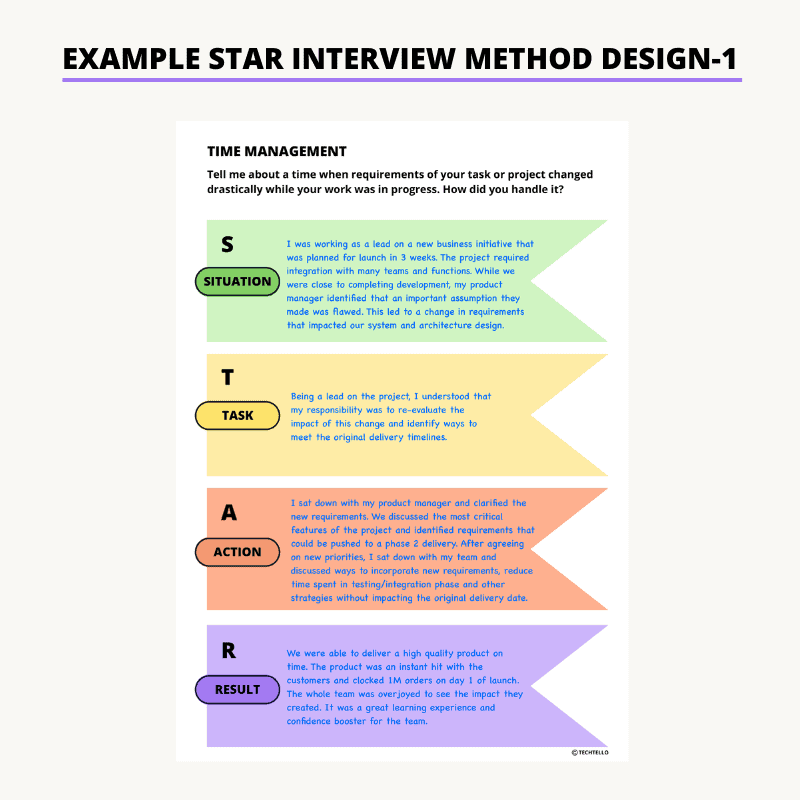
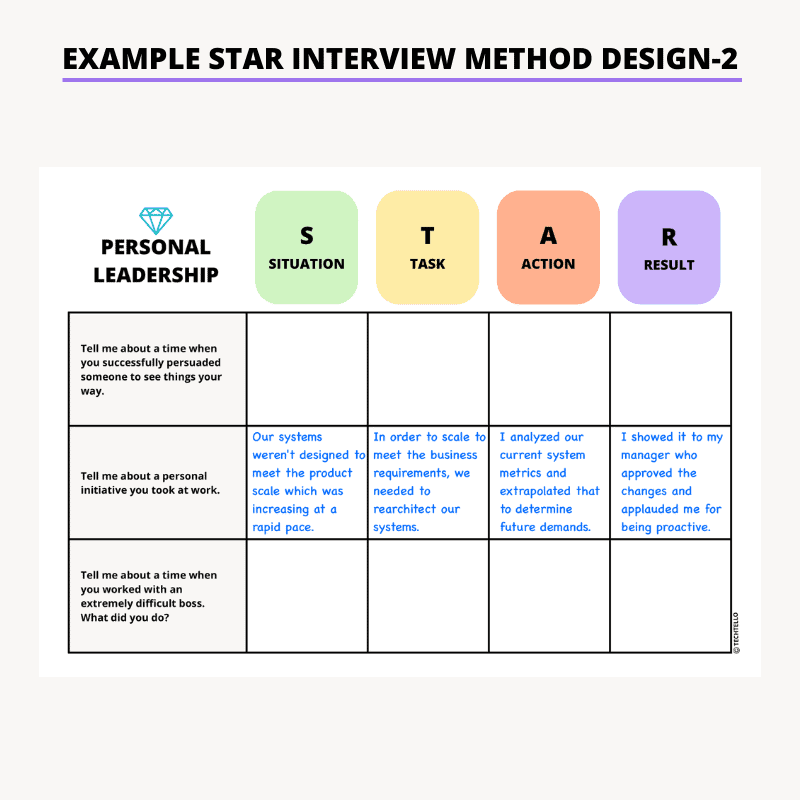
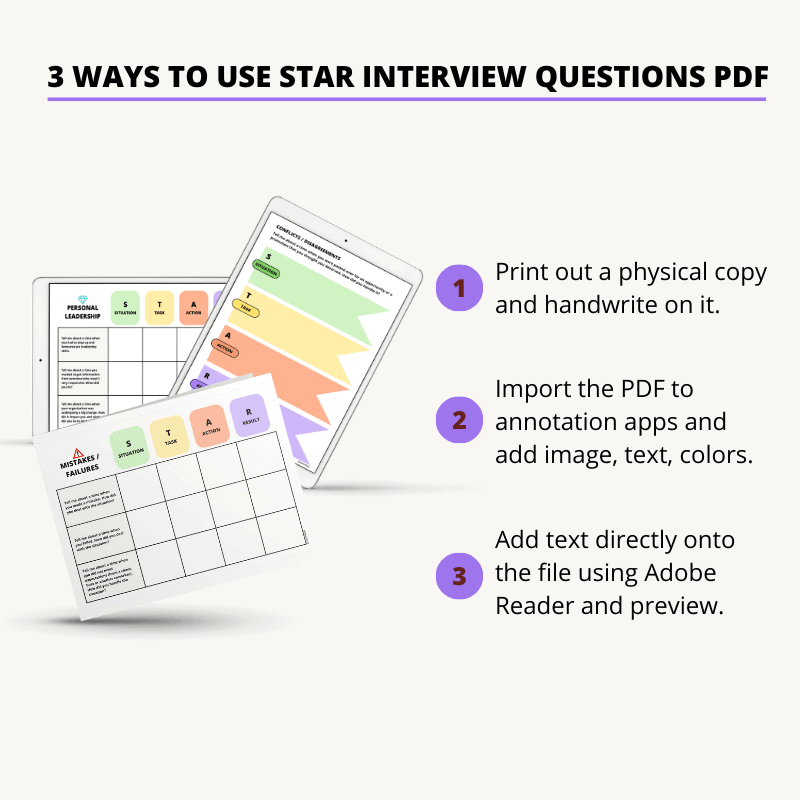
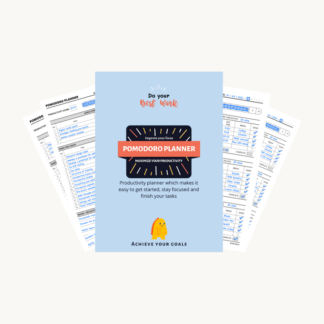
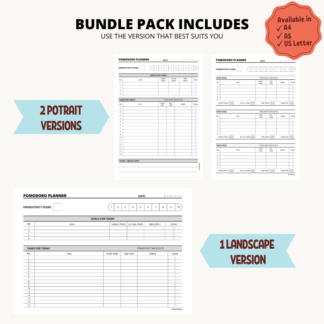
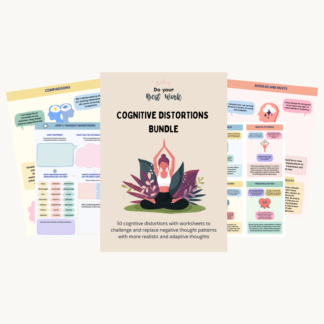
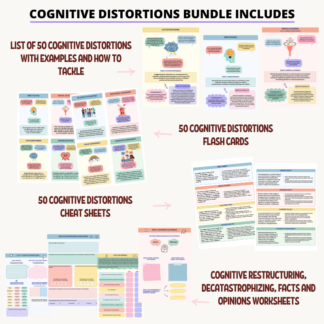
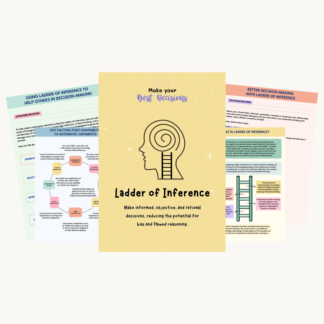
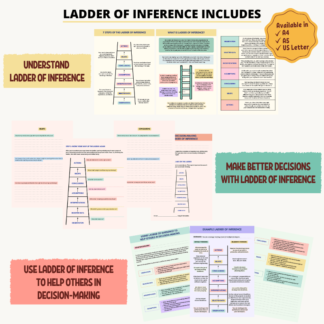
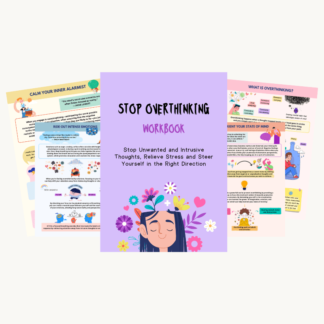
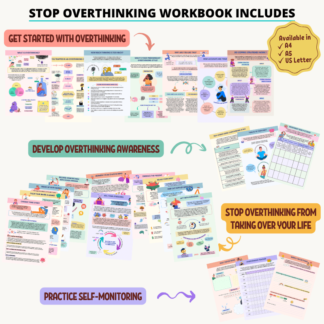
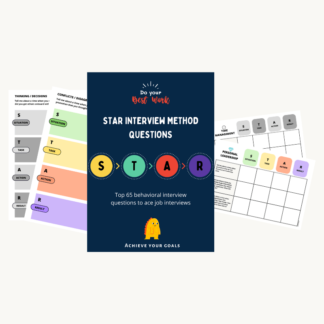
Reviews
There are no reviews yet.